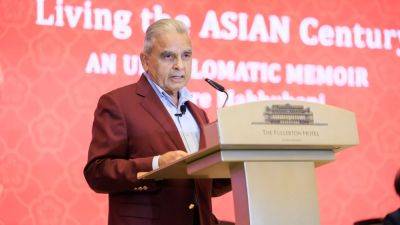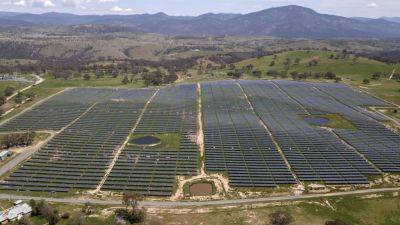Energy-hungry Singapore eyes Malaysia’s rainforests, Australia’s deserts, for clean power
This week Australia announced a massive solar farm that it hopes will eventually offer two gigawatts of power to Singapore via undersea cable.
Singapore aims to hit peak carbon emissions by 2030 and reach net zero by 2050, but it relies heavily on imported oil and gas.
The city state lacks the conditions to produce either wind or hydropower, and while it aims to generate two gigawatts from locally installed solar by 2030, it does not have space for large solar farms.
Demand, meanwhile, is only set to rise, particularly from data centres, which already account for 7 per cent of Singapore’s electricity consumption. That is projected to grow to 12 per cent by 2030.
Those are from a mix of solar, wind and hydropower, a popular but sometimes controversial energy source in the region, where it has been associated with deforestation and environmental degradation linked to dams.
Renewable imports are expected to account for at least 30 per cent of Singapore’s electricity by 2035, according to think tank Ember.
But there are “many challenges”, warned Niels de Boer, chief operating officer at Nanyang Energy Research Institute, including transmission distances, energy losses and intermittency.
The plans envisage 4,300km of undersea cable and the project still needs signoffs from Singapore’s energy regulators, Indonesia’s government and Australian indigenous communities.
There can be “disagreements over how the energy will be transmitted through different countries, as well as competition among economies for access to renewable energy”.
Singapore currently relies on imported fossil fuel, but that can be bought on the open market.
“A large-scale bilateral agreement for renewable energy imports limits Singapore’s strategic flexibility,” said







